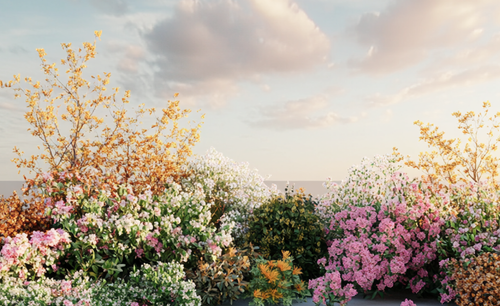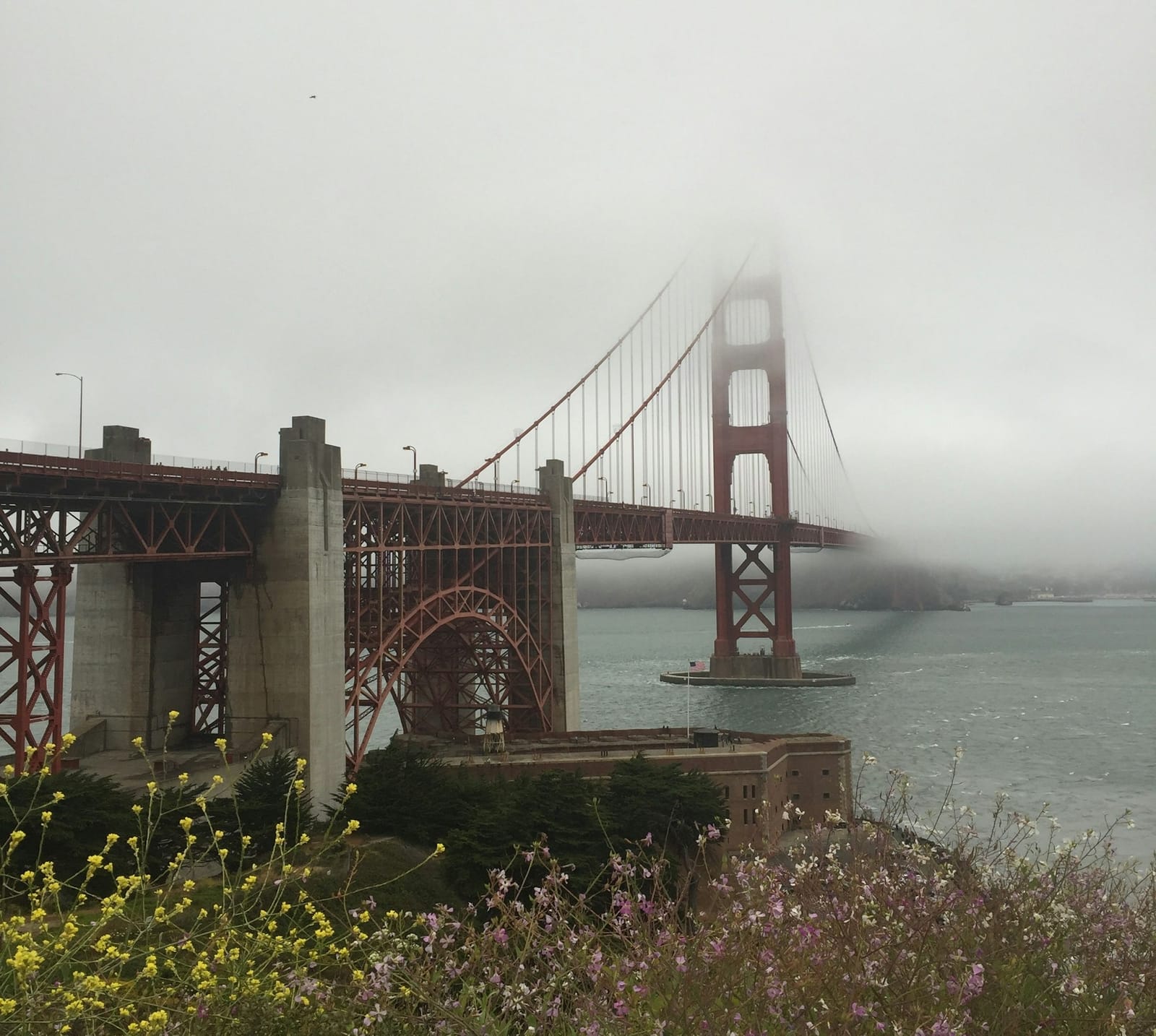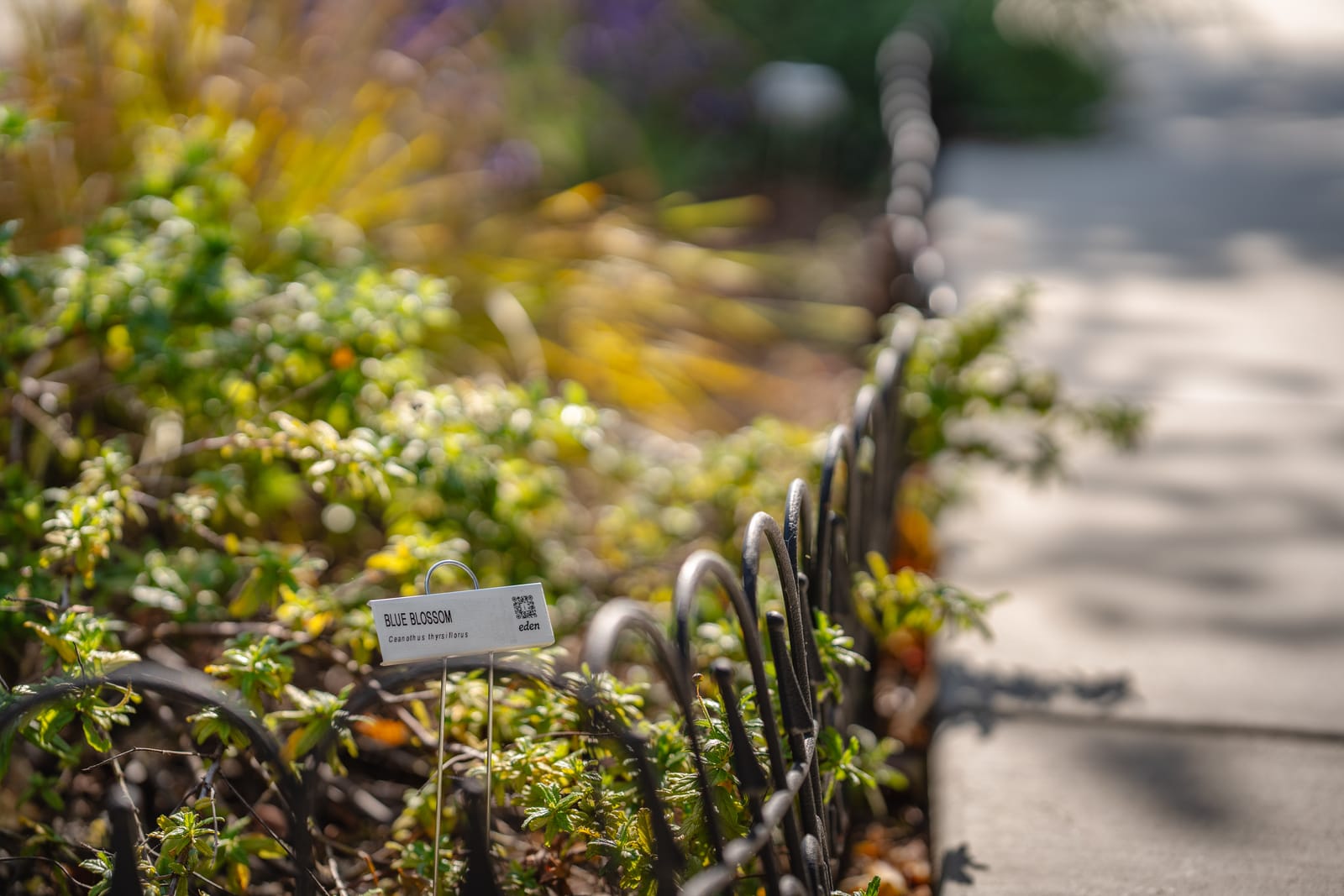Introduction
San Francisco is a city of contrasts—rugged coastlines meet structured city parks, historic gardens thrive amidst modern skyscrapers, and microclimates shape everything from street trees to urban forests. Over the centuries, the city's landscape design has been influenced by its geography, cultural evolution, and the visionaries who shaped its parks and gardens. Today, San Francisco stands as a beacon of green innovation, seamlessly blending historic preservation with modern sustainability.
At Eden, we believe that landscape design is not just about maintaining beauty but about adapting to the future—a future where AI and sustainable practices help create thriving, accessible, and eco-conscious landscapes. By understanding the history of SF’s landscape design, we gain insight into where we’re headed and how Eden is contributing to the next evolution of outdoor spaces.
1. The Roots: Pre-Colonial and Early Settlements
Before the City: Indigenous Ohlone Land Stewardship
Before Spanish colonization, the Ohlone people lived in harmony with San Francisco’s natural environment. Their land stewardship practices were built around the region’s seasonal cycles, using controlled burns to maintain grasslands, encourage biodiversity, and promote soil health. The Ohlone lived off native plants, such as coastal oaks, manzanita, and California buckwheat, shaping the land without disrupting its natural balance.
Spanish & Mexican Influence: Mission Gardens and Ranches
The late 18th century brought Spanish missionaries who established Mission San Francisco de Asís (Mission Dolores) in 1776. The mission system introduced European-style gardens, featuring symmetrical layouts, fruit orchards, and cultivated fields designed for self-sufficiency. Under Mexican rule (1821-1848), land grants led to the rise of vast ranchos, where sprawling olive groves, vineyards, and ornamental gardens became prominent.
The Gold Rush Boom (1848-1855): Parks & Early Public Spaces
The Gold Rush transformed San Francisco from a sleepy settlement into a booming metropolis almost overnight. As wealth poured into the city, civic leaders recognized the need for public green spaces. During this period, Portsmouth Square (established in 1835) became one of SF’s first community parks, providing an early model for urban green spaces.
2. 19th Century: The Rise of Iconic Green Spaces

Golden Gate Park: A Man-Made Urban Oasis (1870s)
As San Francisco expanded, its sand-dune landscape posed challenges for greenery. In response, city planners envisioned Golden Gate Park, modeled after New York’s Central Park. Landscape architect William Hammond Hall led the project, employing massive tree plantings, irrigation systems, and soil amendments to transform the barren dunes into a lush, tree-filled retreat.
John McLaren, the park’s later superintendent, vowed never to allow “Keep Off the Grass” signs, ensuring the park remained welcoming and accessible to all. Today, Golden Gate Park remains one of SF’s greatest landscape design triumphs, blending naturalistic design with human-centered planning.
Private Gardens & Estates: The Victorian Influence
As San Francisco’s elite built grand mansions, ornate Victorian gardens became a status symbol. Inspired by European designs, these private landscapes featured elaborate topiaries, imported flowers, and classical water features. The wealthy districts of Nob Hill and Pacific Heights showcased walled gardens, manicured courtyards, and exotic plant collections, many of which still influence SF's residential landscaping trends today.
3. 20th Century: Modernization & Urban Green Movements
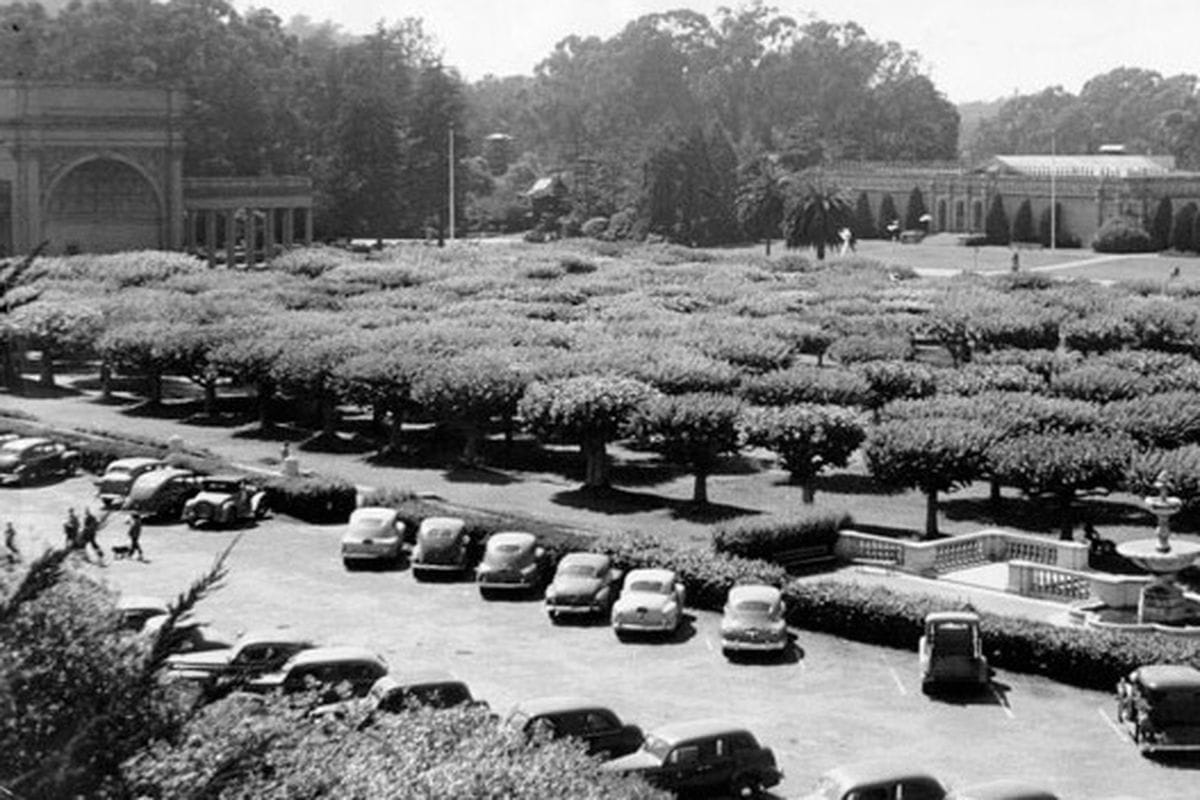
The 1906 Earthquake & Rebuilding San Francisco
After the devastating 1906 earthquake and fire, San Francisco had an opportunity to rethink urban planning. The reconstruction era saw the addition of tree-lined boulevards, public plazas, and a greater emphasis on disaster-resistant landscapes.
Mid-Century Innovations (1950s-1970s)
The post-war era ushered in a modernist approach to landscape design. Japanese-inspired gardens became popular, emphasizing minimalism, natural materials, and water-conscious plantings. Architects and urban planners also introduced more drought-tolerant landscapes, responding to California’s fluctuating water supply.
Community Gardening & Environmentalism (1970s-Present)
The rise of the environmental movement in the 1970s led to a renewed focus on urban green spaces, native plant restoration, and community-led gardens. SF became a leader in community gardening initiatives, with projects like the Alemany Farm and the San Francisco Green Schoolyard Alliance fostering a culture of local sustainability.
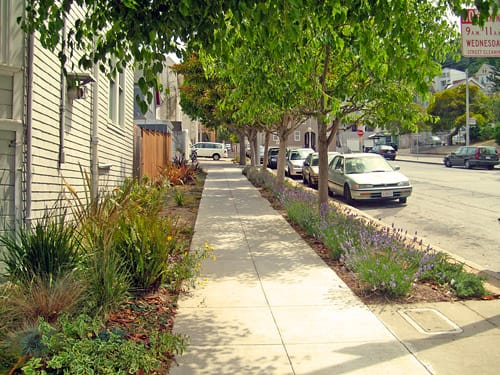
4. Contemporary SF Landscape Design & The Role of Technology

Green Roofs & Vertical Gardens
With urban density increasing, green roofs and vertical gardens are redefining SF’s landscape. Buildings like the California Academy of Sciences feature living rooftops, providing insulation, reducing stormwater runoff, and promoting biodiversity.
Resilient Landscaping: Climate-Responsive Design
San Francisco is at the forefront of climate-conscious landscape design. Architects are incorporating permeable surfaces, drought-tolerant plants, and smart irrigation systems to make urban spaces more resilient in the face of climate change.
Tech-Driven Landscape Design: How AI is Changing the Industry
Enter Eden—where AI meets landscape architecture. At Eden, we harness artificial intelligence to create data-driven, customizable landscape designs that optimize sustainability, efficiency, and user experience. By merging traditional landscape principles with cutting-edge technology, we empower homeowners, developers, and communities to design smarter, greener outdoor spaces.
Conclusion: Where SF Landscape Design is Headed
San Francisco’s landscape design has always been a blend of nature, culture, and innovation. From the Ohlone’s land stewardship to the lush landscapes of Golden Gate Park and today’s climate-resilient designs, the city continues to evolve.
As we move forward, the challenge will be to preserve SF’s historic landscapes while integrating modern sustainability solutions. At Eden, we are proud to be part of this next evolution—using AI to create landscape designs that honor tradition while embracing the future.
Want to see how AI-powered landscape design is shaping the future of SF’s outdoor spaces? Explore our work at edenstudio.ai.


